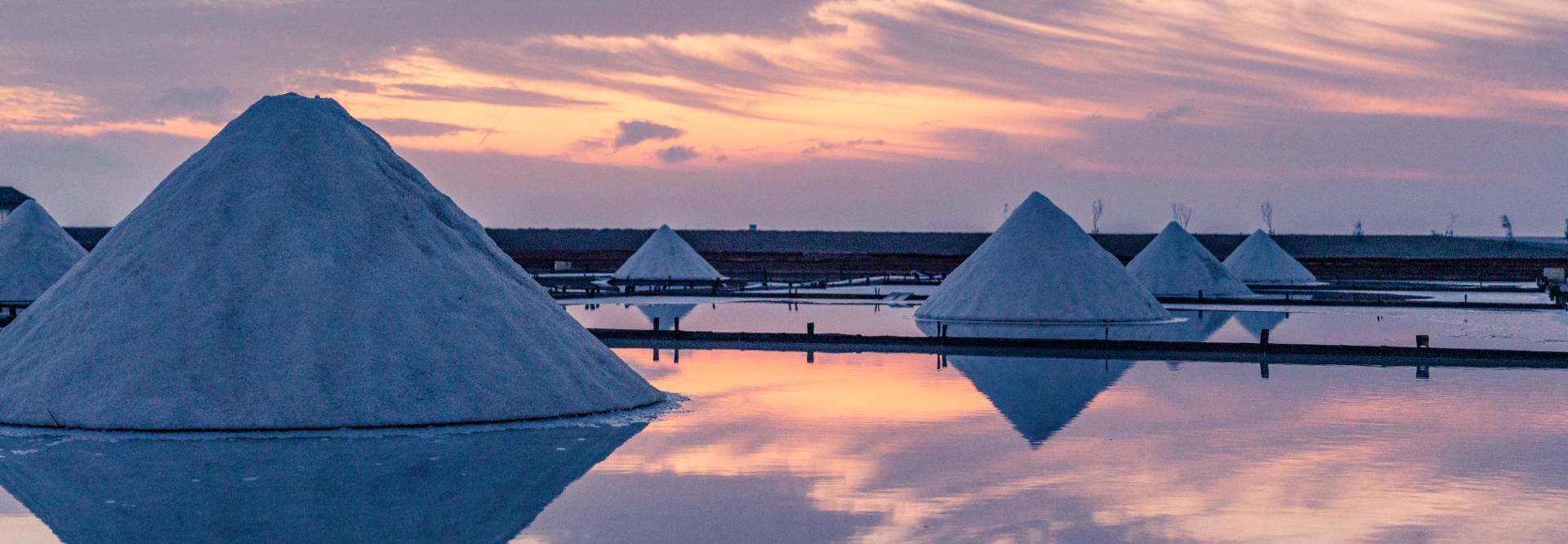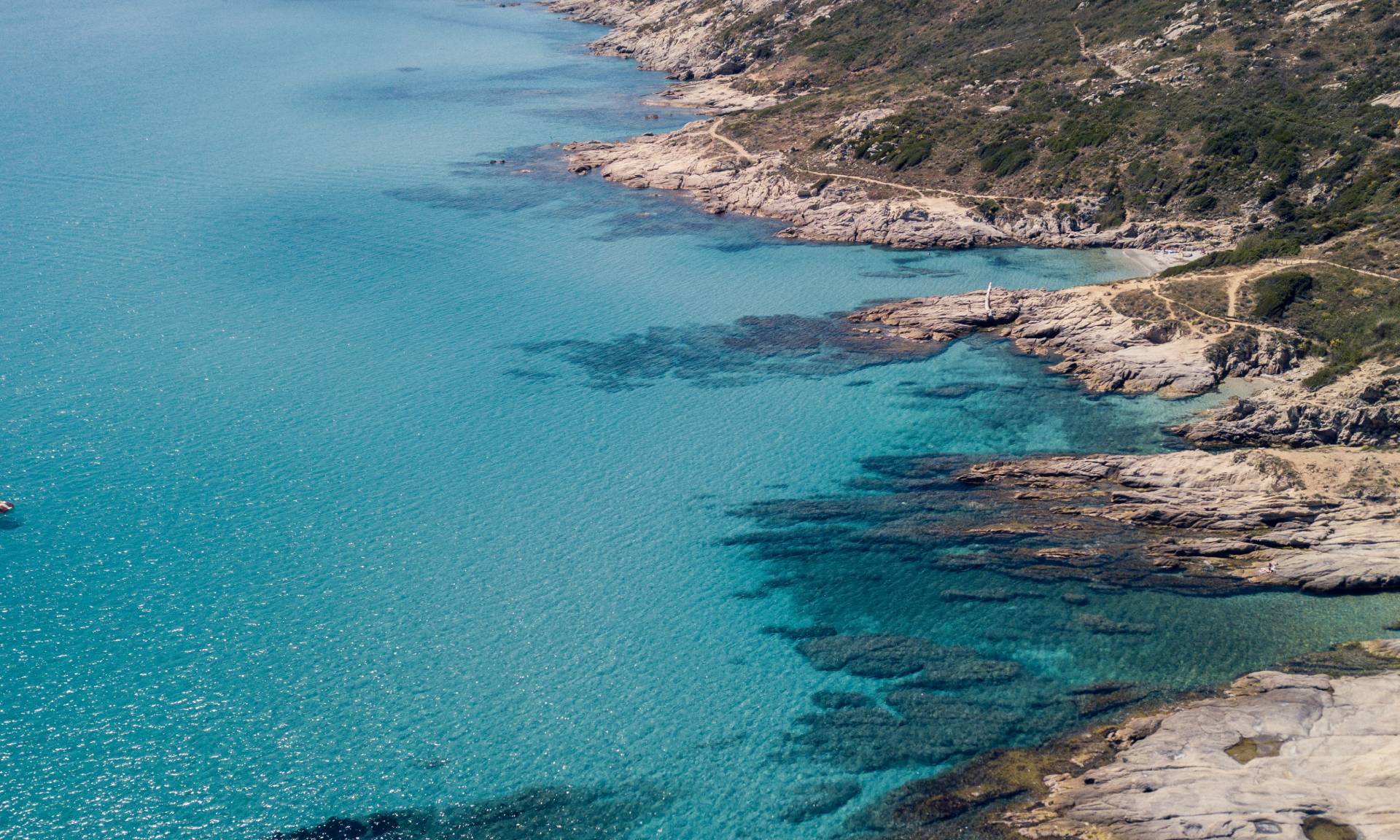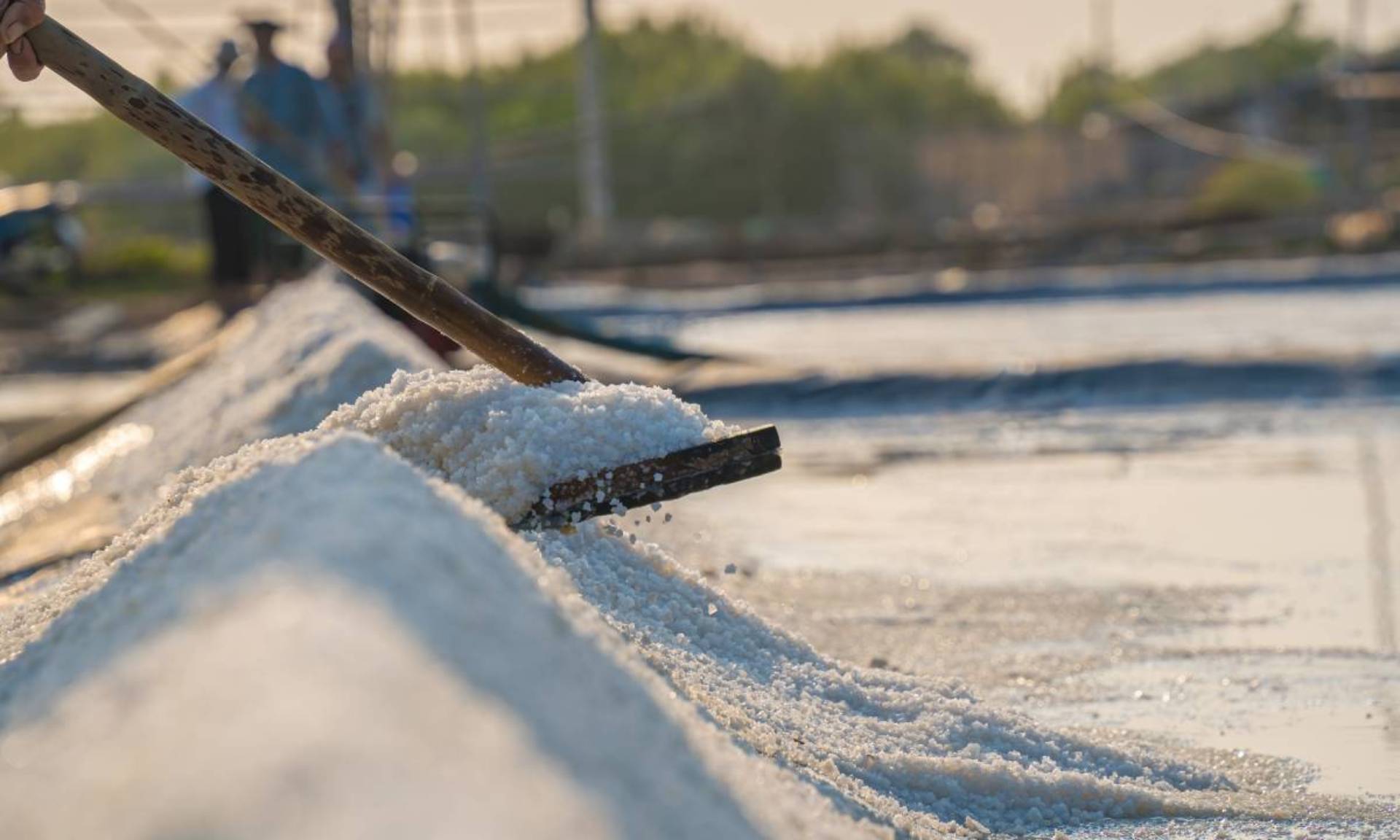Sometimes, the most authentic places need no introduction. All you have to do is arrive, breathe and observe. This is the case with the Salinas de Es Trenc, in the south-east of Mallorca, a place where time seems to stand still. What at first glance appears to be just a white plain is actually a vibrant ecosystem, steeped in history, flavour and biodiversity.
History and tradition: centuries of salt and culture
From the Romans to the present day
The link between Mallorca and salt goes back a long way. The Salinas de Es Trenc salt flats date back to the 4th century BC, when the Phoenicians and Romans took advantage of the natural conditions of this area to extract sea salt. However, it was not until 1958 that Salinas de Levante, the company that professionalised this ancient activity, was founded.
Today, more than 10,000 tonnes of salt are extracted each year from these salt flats, keeping alive a tradition that has shaped the island's economy, landscape and culture.
Es Trenc Sea Salt
Among the different types of salt produced, there is one that shines with its own light: Flor de Sal. During the summer months, seawater is pumped from Es Trenc beach to the salt flats, where it evaporates naturally, leaving a thin layer of salt crystals on the surface. These crystals are collected with wooden rakes and dried in the sun, without additives or chemical treatments.
This is how salt is produced in Es Trenc
A 100% natural system
Salt production in Es Trenc is a process that is as simple as it is curious. Seawater is pumped from the beach, almost a kilometre away, and fed into a network of channels and ponds. With the help of the sun and the wind, the water slowly evaporates, leaving behind a thick brine from which the salt eventually crystallises.
A living craft tradition
No heavy machinery or industrialised processes. Here, the salt worker remains a key figure, respected and valued. They are the ones who monitor the rhythm of the ponds, observe the weather and determine the right moment to harvest the salt. This know-how, passed down from generation to generation, is part of the intangible heritage of the Balearic Islands.
A protected ecosystem
The area around Es Trenc is full of life. The salt flats are part of the Es Trenc-Salobrar de Campos Natural Park, one of the most important wetlands in the Balearic archipelago. More than 200 species of birds live here or pass through, making it a true bird sanctuary.
Flamingos, plovers, herons and many other species take advantage of this space to feed, rest or nest. A natural spectacle that amazes everyone.
Guided tours of the Es Trenc salt flats: what you can see and learn
Tour itinerary and contents
The salt flats are not just something to look at, they are something to discover. Guided tours, lasting around 45 minutes, allow visitors to understand how this place works: from the journey of the sea water to the collection of the salt. The historical evolution of the salt worker's trade and the ecological importance of the environment are also explained.
Additional experience
In addition to the standard tour, there are more comprehensive options that include Flor de Sal tastings or even local product tastings. An excellent way to connect with the region through the senses.
For those looking to stay close to this natural environment without sacrificing comfort, the Hotel Colonial, located just a few minutes' drive from Es Trenc, is an ideal option. Its location allows you to enjoy the tranquillity of southern Mallorca and easily explore the salt flats and their surroundings.
Salinas de Es Trenc as an international brand
What began as a local product has now become an international benchmark. Flor de Sal d'Es Trenc is exported to more than 13 countries and has been awarded for its quality. In 2013, it was recognised by the German organisation Stiftung Warentest as the best sea salt. Its packaging is elegant, its origin transparent and its flavour unmistakable.
Commitment to the environment and heritage
Real sustainability
The Es Trenc salt flats are an example of how production can be carried out while respecting the environment. The company works according to real sustainability criteria: energy consumption control, respect for local wildlife, reforestation projects and environmental education. In addition, the profession of salt worker is in the process of being officially recognised as cultural heritage of the Balearic Islands. This is another step towards preserving not only the landscape, but also knowledge.
FAQ's about the Es Trenc salt flats
Where are the Es Trenc salt flats?
In the municipality of Campos, southeast of Mallorca, within the Es Trenc-Salobrar de Campos Natural Park.
Can I visit them without a guide?
No, access is by guided tours only to protect the environment. You can book directly from this link.
Can salt be purchased on site?
Yes, in the salt mine shop you will find different varieties of salt and gourmet products.
Is it an environmentally friendly activity?
Absolutely. The process is natural, non-polluting, and is integrated into a protected ecosystem.








